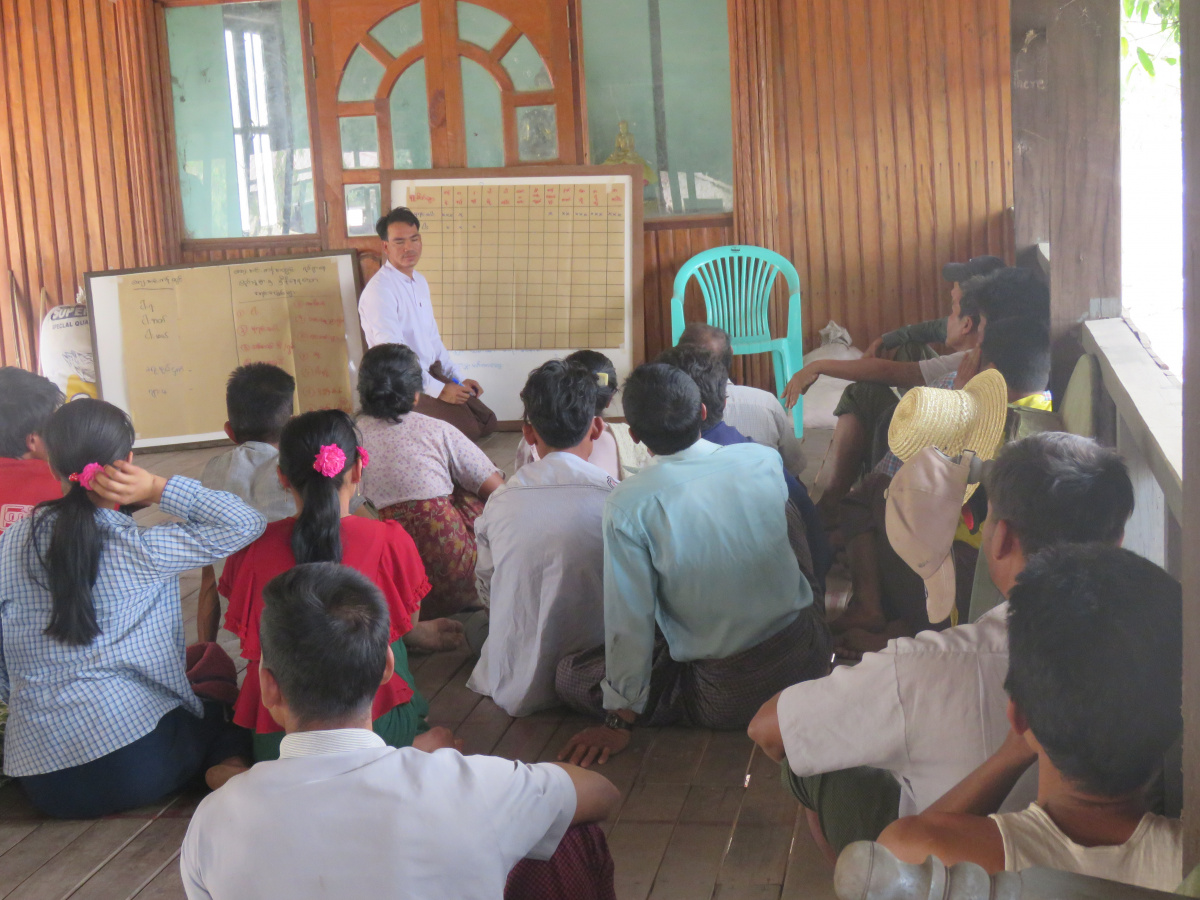Economic valuation of ecosystems in the Gulf of Mottama
The triangle-shaped Gulf of Mottama, situated in southern Myanmar, is home to one of the world’s most dynamic intertidal systems. The extreme turbidity is produced by the delivery of 350 million tonnes per year of sediment from four large rivers, a tidal bore that moves at 3 metres per second, and a 7-metre tidal range. The constant erosion and deposition of sediment creates some of the world’s largest mudflats with high net primary productivity that form the basis of a rich food web and biodiversity. This includes the critically endangered Spoon-billed sandpiper, of which the gulf hosts more than half of the remaining global population. The gulf is home to a 160,000-hectare Ramsar site, which is the largest in the region.
Around 62,000 people live close to the gulf, many of them landless poor who depend on fishing and collection of mud crabs as well as other natural resources. To strengthen the economic case for conservation, IUCN Myanmar country programme, with the support of an environmental economist Luke Brander, completed an economic valuation of the provisioning and regulating services provided by the major coastal ecosystems: mangroves, mudflats, grasslands, along with rivers and sea.
On average, each household in the six villages assessed received ecosystem services worth about $4,500 per year, of which provisioning services contribute 98%. In villages with large areas of mangrove, the regulating services from protection from floods, storms and erosion also yielded value.
The economic value of these services varied greatly between villages, depending on habitat type and the level of resource-dependence. In all cases, however, rivers and sea were the most important sources of harvested resources. The revenue per household from provisioning services was $4,456 per year, of which $23 was from mangroves (as fish and crustaceans), $164 from mudflats (mud crabs), $28 from grasslands (mud crabs and other crustaceans), and $4,242 from rivers and sea (fish).
Most households reported that coastal ecosystems have deteriorated in its extent, condition, and access over the past 10 years. They view their conversion to paddy as detrimental to their livelihood. Comparing natural ecosystems against paddies, we find that the value of ecosystem services from mangroves and mudflats generally exceeds the returns on land converted to paddy.
These results will be used to advocate for limits on the conversion of mudflats to paddy and for conserving mangroves that serve as natural barriers to paddy expansion.
This work was done as part of the SDC Gulf of Mottama Project, which IUCN is implementing in collaboration with HELVETAS and Network Activities Group (NAG).


